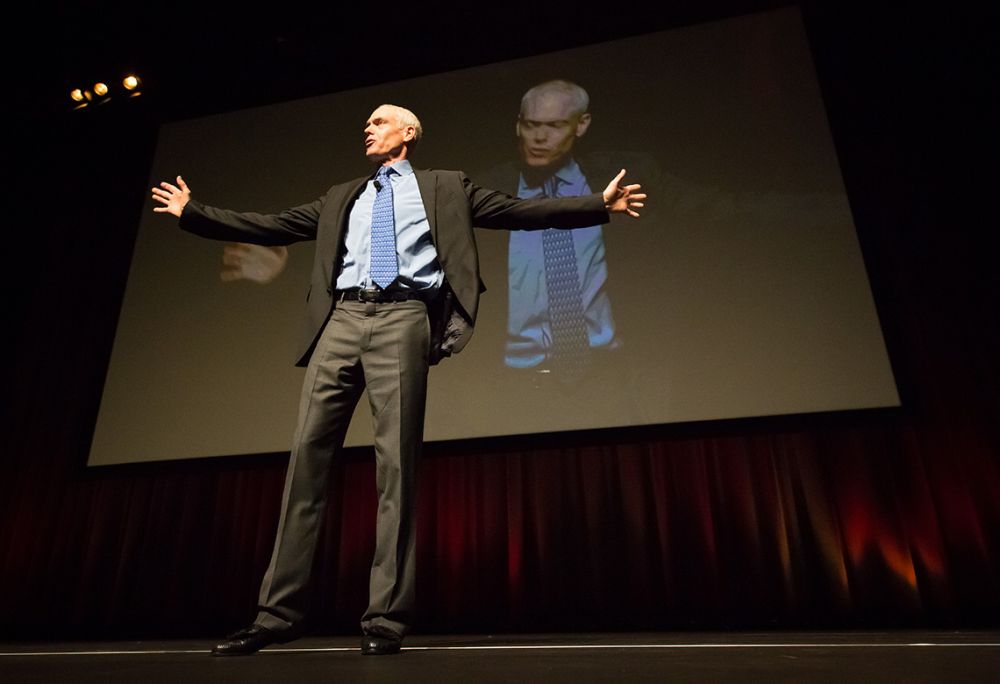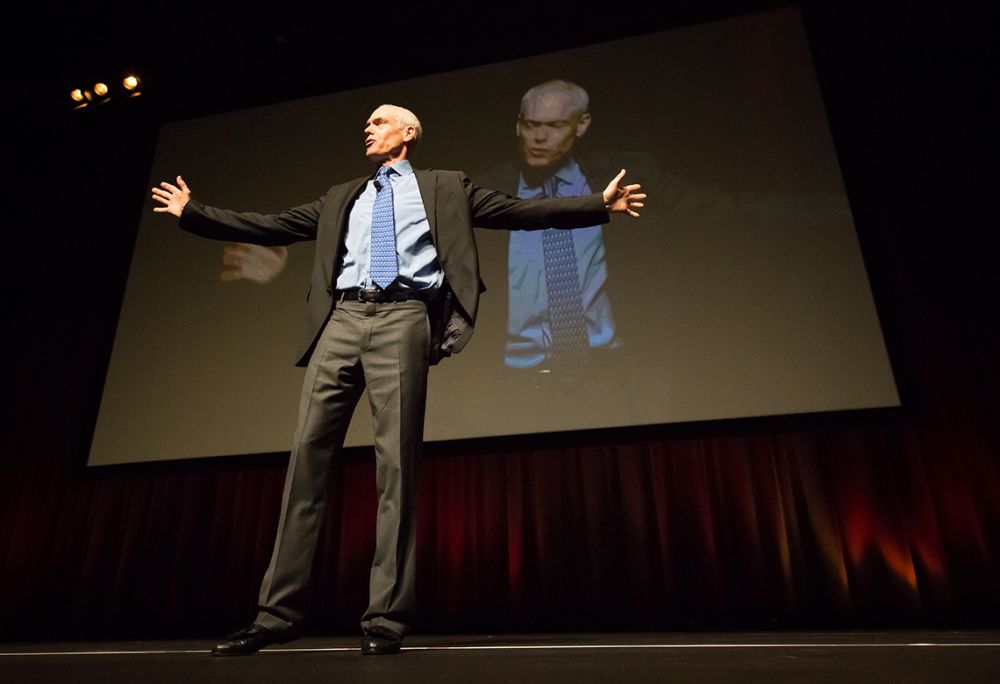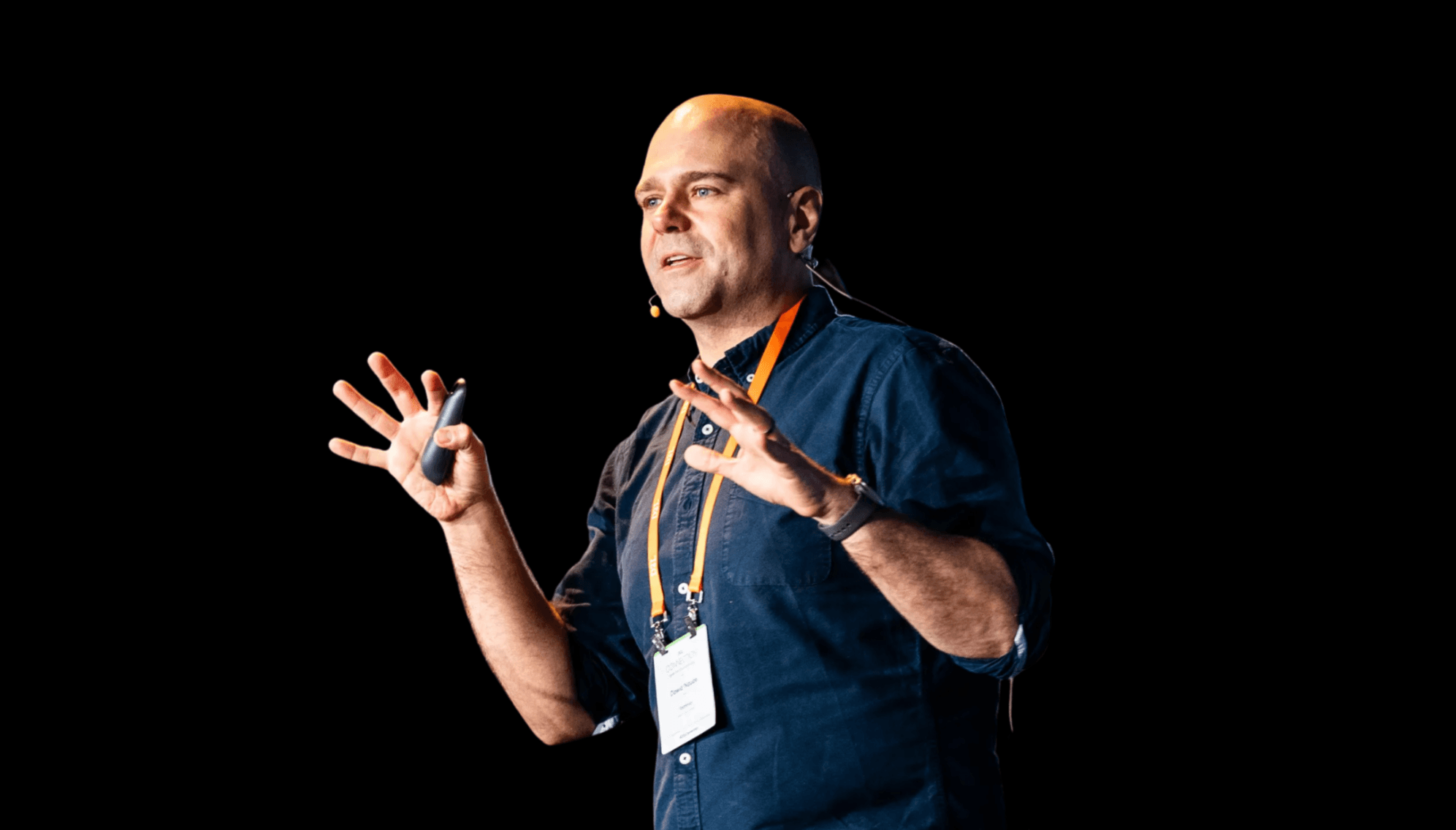Good to Great: The key traits of Jim Collins Level 5 Leadership
Characteristics of the top level of leadership ahead of Jim Collins event


Leadership
Jim Collins
One of the world's bestselling business authors of all time
JIM COLLINS IS A STUDENT AND TEACHER OF LEADERSHIP AND WHAT MAKES GREAT COMPANIES TICK.
With over three decades of research, Jim Collins has authored eight books that have sold more than ten million copies worldwide. His works include the #1 bestseller "GOOD TO GREAT," exploring why some companies make the leap to superior results, and the classic "BUILT TO LAST." His concepts like Level 5 Leadership and the Flywheel Effect have transformed organisational thinking worldwide. More recent works include "TURNING THE FLYWHEEL" and "BE 2.0 (BEYOND ENTREPRENEURSHIP 2.0)." Named one of Forbes' "100 Greatest Living Business Minds," Collins continues to influence how leaders build enduring, great organisations.
Upcoming Learning
Who's Up Next?We're continually sourcing the world's greatest minds for your business success, so subscribe today for event updates, business ideas, leadership tips and tools for growth.
Related Articles



